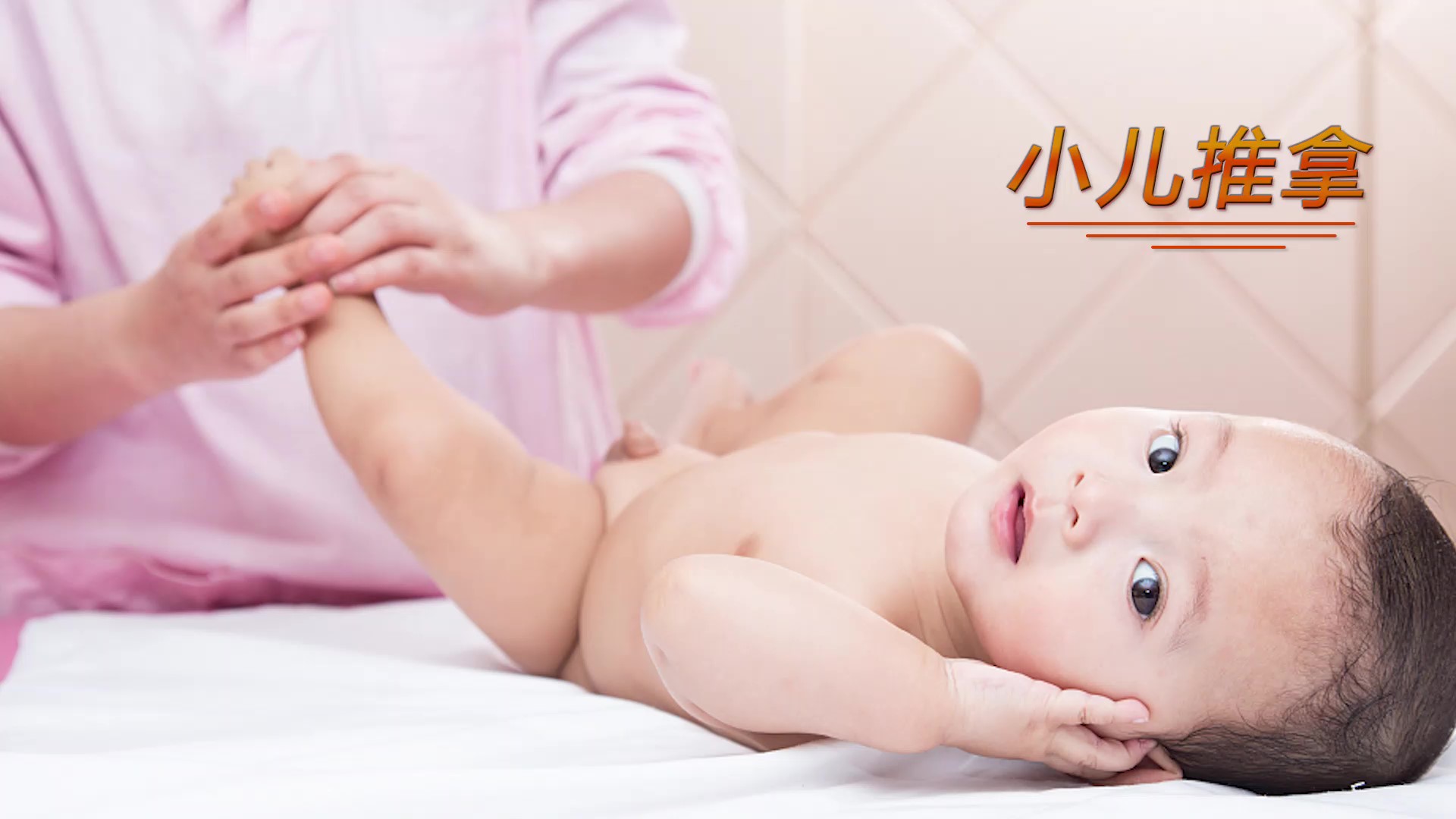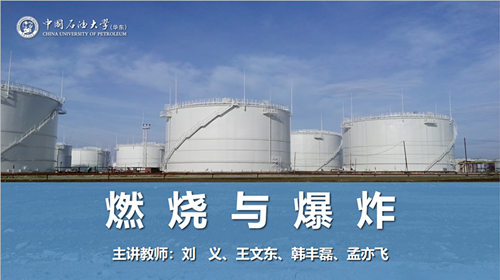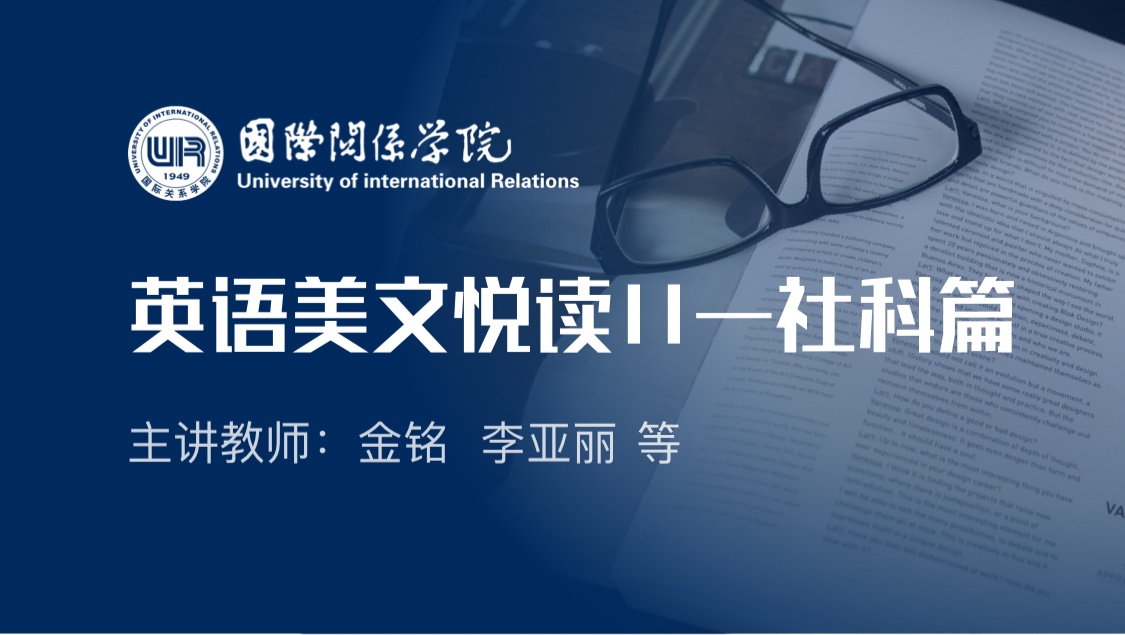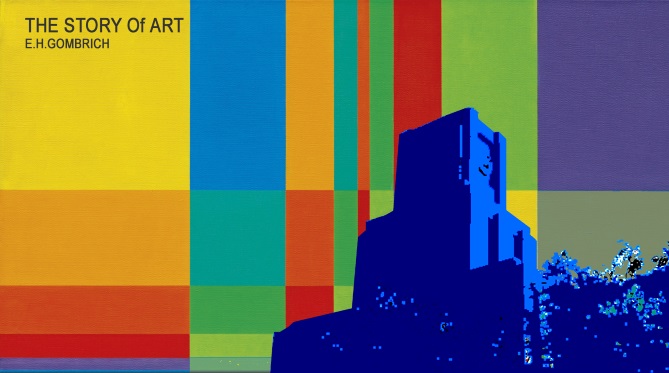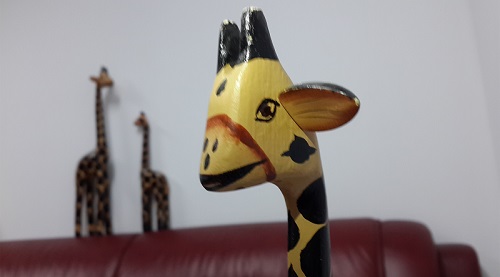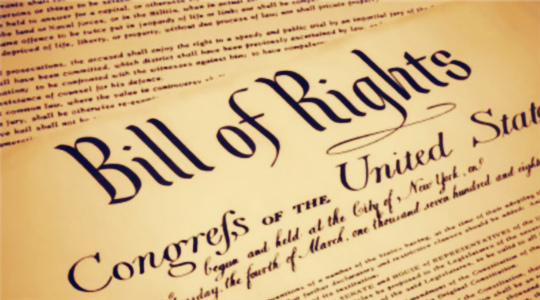
当前课程知识点:Chinese Ceramics > Unit 9 Blue and White Wares (Qinghua Ci) > 9.1 Reasons for the maturity of Qinghua porcelain in Yuan Dynasty > 9.1 Reasons for the maturity of Qinghua porcelain in Yuan Dynasty
返回《Chinese Ceramics》慕课在线视频课程列表
看来你挺喜欢青花瓷的呀
我非常喜欢
青花瓷与青花玲珑瓷
粉彩瓷、颜色釉瓷并称为
“四大名瓷"
青花瓷是中国瓷器的主流品种之一,属釉下彩瓷
青花瓷是用氧化钴为原料
在陶瓷坯体上描绘纹饰
再罩上一层透明釉
经高温烧成
青花瓷的出现
在陶瓷史上具有划时代的意义
纹饰是青花瓷器最主要的装饰
主题纹饰尤为引人注目
青花瓷于唐代已见端倪
其历史价值早已不可估量
青花瓷釉质透明如水
胎体质薄轻盈
洁白的瓷体上敷以蓝色纹饰
素雅清爽,充斥活力
好神奇呀
大家好
今天我们来谈谈
元代青花瓷成熟的原因
说到“瓷都”景德镇
对中国陶瓷的贡献
首先得从元代景德镇烧制的青花说起
元代青花瓷产地
虽另有浙江江山、云南建水及玉溪等地
但无论产量、质量和艺术价值
都无法与景德镇烧制的青花瓷相媲美
青花瓷是一种
以天然钴土矿为呈色剂
在白釉坯胎上用毛笔描绘图案花纹
罩透明釉后
再入窑一次高温烧成的釉下彩瓷
它创烧于唐代河南巩县窑
宋代亦有烧制
到元代臻于成熟
色彩清雅
如中国传统水墨画般极具风韵
从元代开始
明洪武青花折校花卉纹盖罐历经明、清
无论官窑与民窑
一直盛烧不衰
成为最具中国风格的
彩瓷品种
也是从元代青花瓷开始
中国器由素面装饰为主
转向彩绘装饰为主
在元代以前,景德镇烧瓷用的是瓷石
瓷质较软
烧成温度只有1200℃左右
发现高岭土以后
就由以前只用瓷石一种原料的一元配方改成了
在瓷石的基础上加进了高岭土的二元配方
加入高岭士后烧成温度达到了1300℃
提高了瓷质的硬度和致密度
另一方面
由于高岭土中的铝含量较高还提高了瓷器的白度
青花瓷有了理想的胎质
景德镇在“唐宋不闻有彩器”
宋代青白瓷的装饰技法
只是在本色瓷上进行的艺术加工
作为以绘画为装饰手段的青花瓷
需要一种景德镇传统上没有的绘画技术
宋元战乱之际
从北方的磁州窑
迁来不少陶瓷匠人
他们将磁州窑的绘画技术带到了景德镇
很快
在瓷器光亮洁白的表面采用印花、画花、雕花等
新的装饰技法
成为了元代制瓷业的新风尚
除了供应中国民间日用需要外
海外贸易所需的陶瓷器也是促进
元代制瓷业发展的一个重要因素
蒙元横跨欧亚两大洲的统治
为当时商业和手工业的发展
开辟了一个极为广阔的市场
特别是元代初期
还曾对出口产品采取过保护措施
而与海外贸易密切相关的造船业
早在北宋时期已十分发达
海外对中国陶瓷和丝绸等产品的
需求逐年增长
范围包括东亚、中亚、西亚、东南亚
以及地中海沿岸地区、东非和西非等地
今天的课就到这里
谢谢大家,下节课再见
-1.1 Introduction
-1.2 Ceramics in Neolithic, East Han and Wei-Jin Dynasties
--Ceramics in Neolithic, East Han and Wei-Jin Dynasties
-1.3 Sui and Tang dynasties and Song Dynasty ceramics
--Sui and Tang dynasties and Song Dynasty ceramics
-1.4 Ming and Qing Dynasties
-Unit 1 test
--Unit 1 test
-Discussion questions
-2.1 The Unique Chinese Ceramic Culture
--The Unique Chinese Ceramic Culture
-2.2 The Historical Development of Chinese Ceramic Making
--The Historical Development of Chinese Ceramic Making
-2.3 Chinese Ceramic Shape Art
-2.4 Chinese Ceramic Painting Art
--Chinese Ceramic Painting Art
-2.5 Chinese Ceramic Folk Stories
--Chinese Ceramic Folk Stories
-Unit 2 test
--Unit 2 test
-Discussion questions
-3.1 CeramicCulture and the Zodiac
--CeramicCulture and the Zodiac
-3.2 The heritage of traditional ceramic culture
--The heritage of traditional ceramic culture
-3.3 The development and innovation of ceramic art
--The development and innovation of ceramic art
-Unit 3 test
--Unit 3 test
-Discussion questions
-4.1 Gorgeous Colored Pottery
-4.2 The Method of Making Colored Pottery
--The Method of Making Colored Pottery
-4.3 Primitive Colored Pottery Ⅰ
-4.3 Primitive Colored Pottery Ⅱ
-4.3 Primitive Colored Pottery Ⅲ
-4.4 Black Earthenware
-4.5 White Pottery and Primitive Porcelain
--White Pottery and Primitive Porcelain
-Unit 4 test
--Unit 4 test
-Discussion questions
-5.1 Terracotta Warriors in Qin Dynasty
--Terracotta Warriors in Qin Dynasty
-5.2 Potteries in Han Dynasty
-Unit 5 test
--Unit 5 test
-Discussion questions
-6.1 Dragon kiln and Celadon
-6.2 Yue Kiln and Wuzhou kiln
-6.3 Deqing Kiln and Ou kiln
-6.4 Longquan Wares
-6.5 Yaozhou Wares
-Unit 6 test
--Unit 6 test
-Discussion questions
-7.1 Tang Tri-Colored Pottery
--7.1 Tang Tri-Colored Pottery
--7.1 Tang Tri-Colored Pottery
-7.1Tang Tri-Colored Pottery
--7.1 Tang Tri-Colored Pottery
--7.1 Tang Tri-Colored Pottery
-Discussion questions
-Unit 7 test
--Unit 7 test
-8.1 The flourishing age of the Song Dynasty
--8.1 The flourishing age of the Song Dynasty
-8.2 The flourishing age of the Song Dynasty
--8.2 The flourishing age of the Song Dynasty
-8.3 Ding Wares
-8.4 Ru Wares
-8.5 Guan Wares
-8.6 Ge Wares
-8.7 Jun Wares
-Discussion questions
-Unit 8 test
--Unit 8 test
-9.1 Reasons for the maturity of Qinghua porcelain in Yuan Dynasty
--9.1 Reasons for the maturity of Qinghua porcelain in Yuan Dynasty
-9.2 The Invention of Blue-and-white Porcelain in the Tang Dynasty
--9.2 The Invention of Blue-and-white Porcelain in the Tang Dynasty
-9.3 Fine China Ware became the Symbol of ChinaⅠ
--9.3 Fine China Ware became the Symbol of ChinaⅠ
-9.3 Fine China Ware became the Symbol of ChinaⅡ
--9.3 Fine China Ware became the Symbol of ChinaⅡ
-9.3 Fine China Ware became the Symbol of ChinaⅢ
--9.3 Fine China Ware became the Symbol of ChinaⅢ
-9.4 The charm of QinghuaⅠ
-9.4 The charm of QinghuaⅡ
-9.4 The charm of QinghuaⅢ
-Discussion questions
-10.1 Da Ming Wucai
-10.2 Wooden engravings influence on Wucai porcelain
--10.2 Wooden engravings influence on Wucai porcelain
-10.3 Kangxi Wucai
-10.4 Liling Under-glaze multicolored porcelainⅠ
--10.4 Liling Under-glaze multicolored porcelainⅠ
-10.4 Liling Under-glaze multicolored porcelainⅡ
--10.4 Liling Under-glaze multicolored porcelainⅡ
-Discussion questions
-11.1 The advent of Fencai
-11.2 Fencai Porcelain in the Yong zheng period
--Fencai Porcelain in the Yong zheng period
-11.3 Fencai Porcelain in the Qianlong Period
--Fencai Porcelain in the Qianlong Period
-Discussion questions
-13.1 Zisha-pottery
-13.2 The Zisha Teapot
-13.3 The Zisha tea set in the Ming Dynasty
-Discussion questions
-14.1 Development of Contemporary Chinese ceramic art
--14.1 Development of Contemporary Chinese ceramic art
-14.2 The internationalization trend of Chinese modern ceramics
--14.2 The internationalization trend of Chinese modern ceramics
-14.3 A new style of contemporary ceramic art Ⅰ
--14.3 A new style of contemporary ceramic artⅠ
-14.3 A new style of contemporary ceramic art Ⅱ
--14.3 A new style of contemporary ceramic art Ⅱ
-14.4 The Trade of the Artisans Ⅰ
--14.4 The Trade of the Artisans Ⅰ
-14.4 The Trade of the Artisans Ⅱ
--14.4 The Trade of the ArtisansⅡ
-Discussion questions
-15.1 Unique Cloisonné technique
--15.1 Unique Cloisonné technique
-15.2 The Craftsmanship and Development of Cloisonné
--15.2 The Craftsmanship and Development of Cloisonné
-15.3 The Problems Facing the Inheritance of Cloisonné
--15.3 The Problems Facing the Inheritance of Cloisonné
-15.4 The inheritance and development of Cloisonné
--15.4 The inheritance and development of Cloisonné
-Unit 15 Test
--Unit 15 Test
-Discussion questions
-16.1 Appreciation of Chinese ceramics
--16.1 Appreciation of Chinese ceramics
-16.2 Explore the origins of ancient ceramics Ⅰ
--16.2 Explore the origins of ancient ceramics Ⅰ
-16.2 Explore the origins of ancient ceramics Ⅱ
--16.2 Explore the origins of ancient ceramics Ⅱ
-Unit 16 Test
--Unit 16 Test
-17.1 Traditional Chinese Decorative Patterns
--17.1 Traditional Chinese Decorative Patterns
-17.2 Application of Traditional Chinese decorative patterns in ceramics
--17.2 Application of Traditional Chinese decorative patterns in ceramics
-Unit 17 Test
--Unit 17 Test
-Discussion questions
